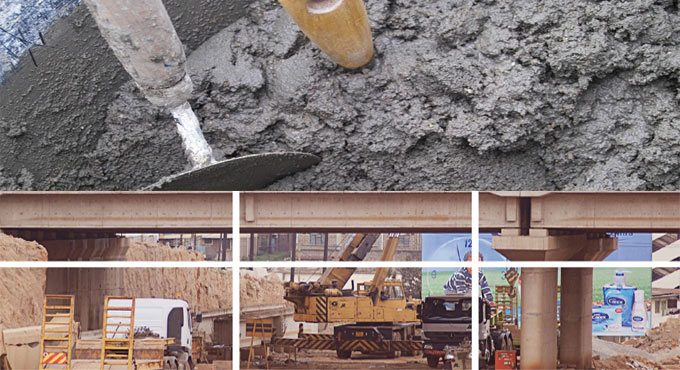
Applications and advantages of Slag Cement in concrete construction

Slag cement stands for a hydraulic cement that is developed when granulated blast furnace slag (GGBFS) is crushed by maintaining proper delicacy and utilized to substitute a part of portland cement. It is applied as an independently batched cementitious materials.
It belongs to a restored industrial by-product concerning an iron blast furnace. It mainly contains calcium and aluminum silicates.
Molten slag deflected from the iron blast furnace is chilled instantly. It forms glassy granules that offer required reactive cementitious characteristics when crush into cement fineness.
As soon as the slag is chilled and crushed to an utilizable fineness it is preserved and transported to suppliers. Slag cement is extensively used in ready-mixed concrete, precast concrete, masonry, soil cement and high temperature resistant building products.
The slag cement can improve the functioning of concrete for a long period as well as facilitates the designers to minimize the environmental footprint of concrete whereas assuring superior performance and better stability.
Given below, the various advantages of slag cement application:
1. Superior functionality
2. Simpler placeability and finishability
3. Greater long-standing compressive and flexural strengths
4. Lowered permeability
5. ASR mitigation properties
6. Superior stability and resilience
7. More uniform performance
8. Lighter color
Specifications and Grade:
Grade 80: Slag containing a low activity index
Grade 100: Slag with a moderate activity index
Grade 120: Slag with a high activity index
Application & dosage (% by weight) of slag
Outside flatwork =35%
General application 35 to 50%
Mass concrete 60 to 80%
Sulfate resistance
Type II equivalent = 35%
Type V equivalent = 50%
Marine/chemical/heat >50%<80%
The slag cement is used in diverse ways which range from ternary mixtures and soil stabilization etc.


